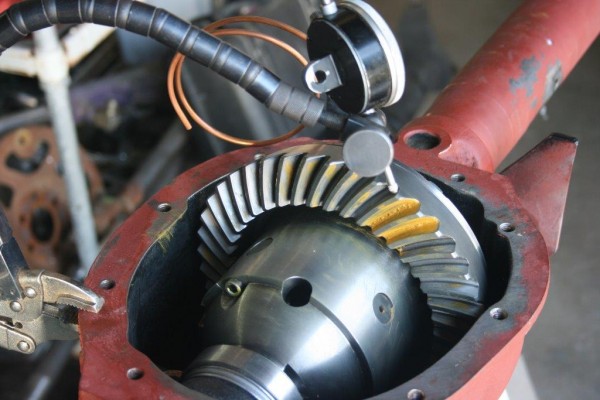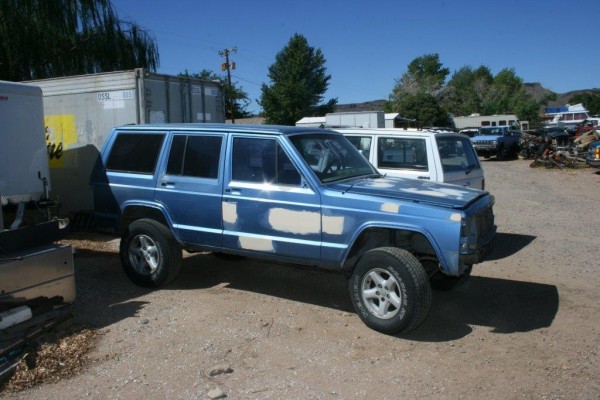Produced from 1984 through 2001, the Jeep XJ Cherokee was a capable vehicle right from the factory. It came equipped with the 4.0L in-line EFI six-cylinder engine, a four-speed automatic transmission, a Dana 30 front and Dana 35 rear axles—and loads of off-roading potential.
Using a 1989 Jeep XJ Cherokee, which we affectionately called “Big Blue,” we’ll show you how to unlock our XJ’s potential using select aftermarket upgrades. In this multi-part series, our goal is to build a four wheeler that can run most any off-road event, ease over any trail this side of the Hammers, and comfortably prerun any off-road race.
In this first installment of Big Blue XJ Cherokee, we focus our attention on the axles.
The Dana 30 and Model 35 axles were completely rebuilt with new axle shafts and 4.56:1 ratio ring and pinion gears from G2 Axle and Gear. A set of ARB air locker differentials was installed as well. Building a differential from the bare axle tubes and center section up is the work of an expert, so we entrusted the job to the techs at Rock Lizard 4×4 in Kingman, AZ.
We decided to use a Viair air system to supply the ARB lockers. It includes an onboard air pump, air lines (with glad-hand connectors on each bumper), and a metal air bottle holding a reservoir of high-pressure air. The reservoir will also allow us to quickly refill our tires and power air tools on the trail.
Scroll through the slide show above to see how our axle upgrades came together.




















[…] Big Blue XJ Cherokee (Part One) dealt with upgrading the Dana 30 front and Dana 35 rear axle assemblies with new 4.56 ring and pinion sets, axle shafts, and differentials. In Part Three, Big Blue will get a custom roll cage, Bestop seats and a Garvin Wilderness roof rack. In the meantime, check out our Cherokee’s new underpinnings and rollers. […]
1.9 72 month auto loan